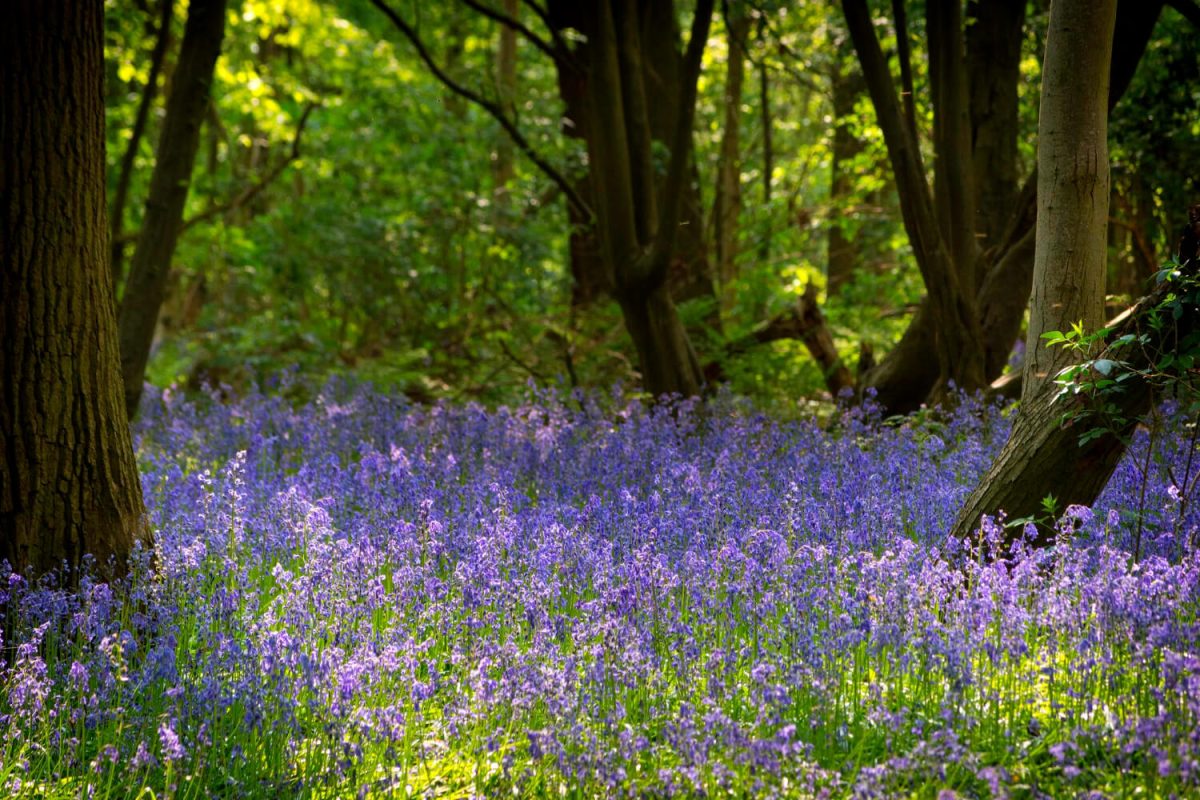The Spring report for our Millennium Green has been delayed for a couple of weeks because some aspects of Spring were slow in showing themselves this year. Autumn was long, wet and stormy, with relatively high temperatures. This resulted in the canopy holding on to the leaves later than usual, which in turn meant that it suffered some damage from the named storms of late October, November and December.
The high winds finally did help to encourage the leaffall. January was very mild and cloudy and it was late February before the first white frosts occurred. However, by mid-February, the new buds were starting to swell. As a result of the colder weather arriving late, the plant life went into check, which does happen some years. In the past, this would have been noted in the diary because it did not happen often, but in recent years this event is becoming a more common occurrence.
March this year has been dry with temperatures both day and most nights have been higher than in the past, even though we have had cold winds from the Continent.
The last seven to ten days of March were warm and sunny and in that time the buds on plants and trees were visibly swelling day by day. Hedgerows in the past week have been turned to a fresh, intense green, almost iridescent in the Spring sun.
On my walk through the Millennium Green during the last day of March, the buds on the Oaks were on the cusp of opening, or flushing in tree terms. The understorey is looking strong because much of it has already flushed due to the shelter provided by the upper canopy. Our little woodland is growing into a maturing, naturally regenerated Oakwood, with a vigorous sub-storey of Hazel, Holly and Yew.
The Butterfly Meadow is showing a range of grasses and flower plants that will offer a sanctuary for the native moth and butterfly species.
Again, our thanks are extended to the Trustees and volunteers for their time and care in making nature’s job a little easier.
Ian Jefferies
Guardian, Play Lane Millennium Green Trust
